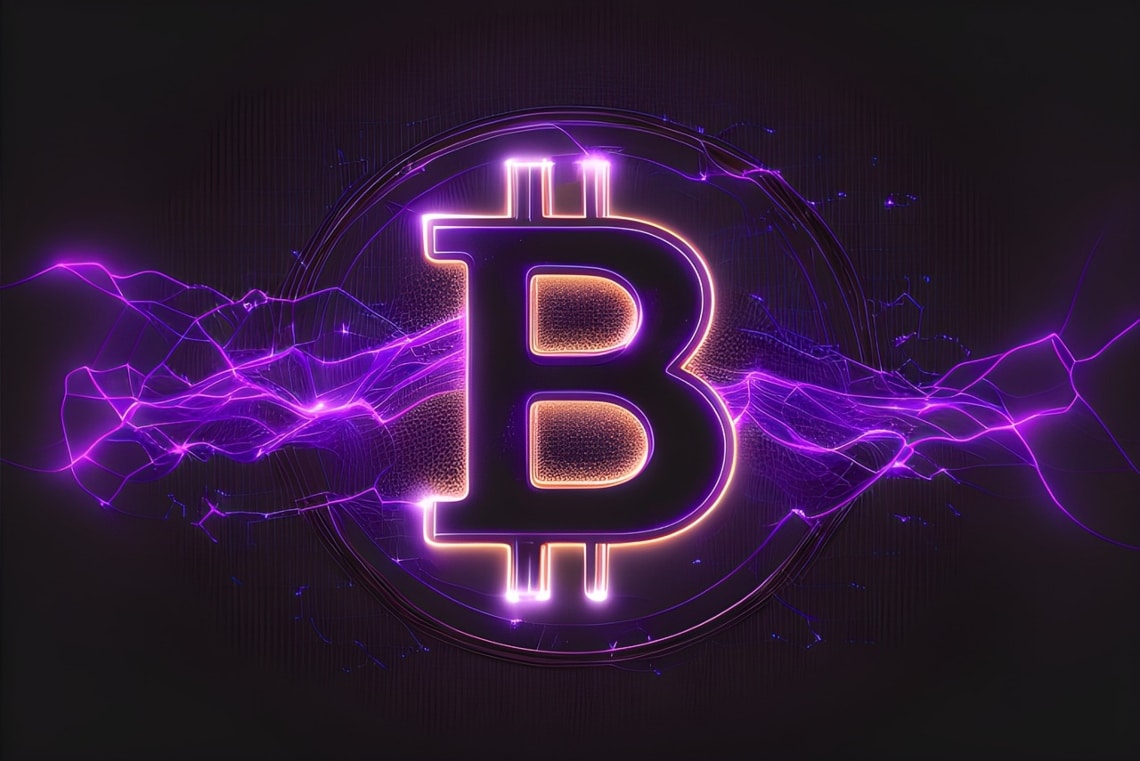A few days ago, Spain’s largest bank, Santander, published on its official website a report on Bitcoin and Lightning Network and the comparison with VISA.
The report begins with the following paragraph:
“A criticism related to Bitcoin is its inability to execute a high volume of transactions in a short time frame. Given that a block is added to the Bitcoin network every ten minutes and that the block size is limited, Bitcoin is only able to execute 5–7 transactions per second, whereas VISA executes more than 20,000 in the same time frame. The Lightning Network however is a solution to this problem.”
The bank defines the Lightning Network (LN) as a decentralized network for high volumes of instant micropayments, enabling users to make instant transactions with very low fees.
It also adds that payments on LN do not require blockchain confirmations, and in this way even payments for small amounts are actually allowed, thanks to much lower fees than those using blockchain validation.
They then write:
“Another major advantage of this network is its scalability – as it can support millions of transactions per second.”
Summary
Bitcoin: the comparison with Visa
Hence, the comparison between LN’s scalability and Visa’s is not straightforward, but Forbes put the two statements above together, going so far as to say that the Santander report estimates that LN can facilitate over one million transactions per second, compared to 20,000 per second for traditional card payment networks such as VISA.
However, one must be specific and distinguish between the Bitcoin blockchain and LN.
Indeed , BTC transactions that take place on the Lightning Network do not go on the blockchain. In other words, they are not recorded on Bitcoin’s public ledger, thus being private.
So it is worthwhile to make two different comparisons.
Bitcoin‘s blockchain, which allows transactions to be public and verifiable by anyone, has very low scalability, and far less than Visa’s.
In contrast, Lightning Network, which allows private transactions in Bitcoin, has extremely high scalability, even far greater than that of Visa’s network. What’s more, Visa network transactions are private, so the comparison holds.
When to use the Lightning Network
The fact that it is possible to have a public record verifiable by anyone on the Bitcoin blockchain in many cases is an advantage, because it can be proof of payment.
For this reason, it is recommended to use normal on-chain transactions in BTC when significant amounts are to be transacted.
Moreover, the cost of these transactions is high only at certain times, for instance yesterday the average fee per transaction was $1.9, and the median fee was even less than $0.8.
However, there are days of particular congestion in the mempool, that is, the registry where transactions are deposited to await confirmation and registration on blockchain, during which the cost of the average fee per transaction has also recently risen above $30. Whereas the median has risen above $20.
It is worth mentioning that these are daily spikes, resolved within a few days.
Typically the average is below $4, while the median is below $2.
Obviously these are too high figures for microtransactions, and indeed it is recommended to use LN especially when the amounts to be sent are very small, or when you are in a hurry and find yourself in a time of mempool congestion resulting in a temporary increase in fees.
There is also a free tool, mempool.space, which allows monitoring the status of the mempool in real time.
On this site there is also up-to-date data on the estimated fees to be paid at any given time to have a good chance that an on-chain transaction in Bitcoin will be confirmed relatively quickly.
Time and cost: the comparison between Bitcoin LN and VISA
On the Lightning Network, on the other hand, the mempool is simply absent, and therefore cannot be congested. Typically, average fees are on the order of cents, or even thousandths of a dollar, making them often almost irrelevant, even for transactions of very small amounts.
In addition, BTC sent via LN arrive at the recipient almost immediately, within a matter of very few seconds.
In contrast, for normal on.chain transactions, it is necessary to wait for the transaction to be placed on a block and for it to be validated and added to the blockchain.
Typically a block is validated every 10 minutes or so, but if the mempool is congested it can take many blocks before there is room for a specific transaction to be entered.
Indeed, the blocks are limited in size, and can only include a certain number of transactions, not particularly large ones at that.
Usually the miners who generate these blocks choose to put in the transactions with higher fees, since these are collected by the very miner who manages to validate the block containing those transactions.
It turns out to be quite interesting that a giant like Santander has realized that LN can potentially outperform even Visa in terms of scalability.




